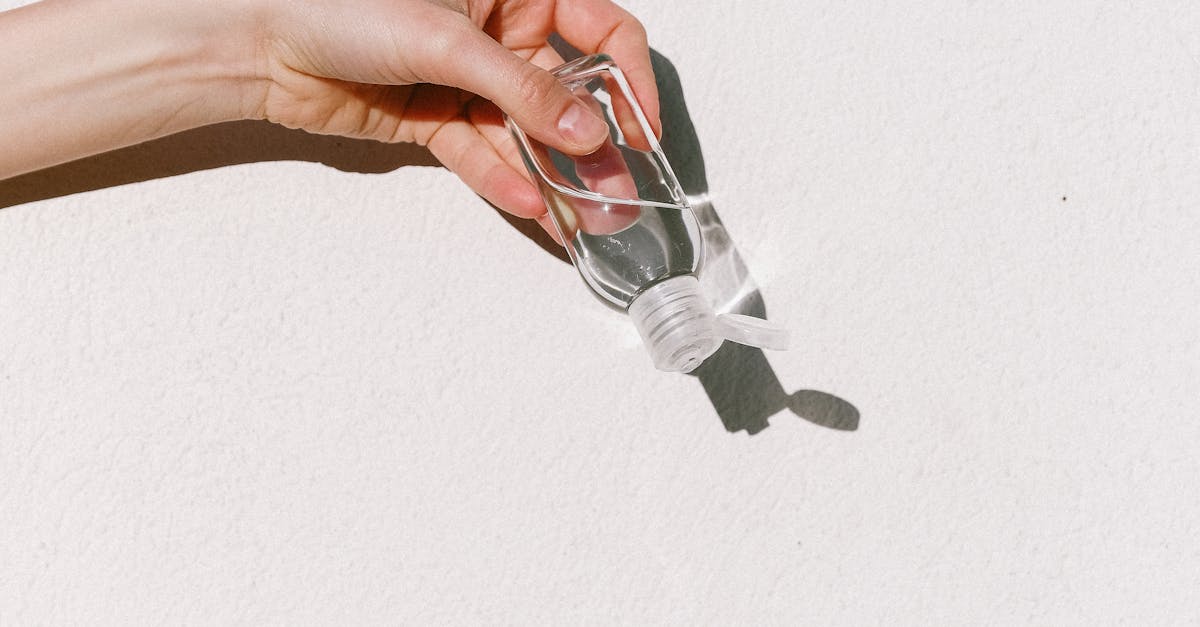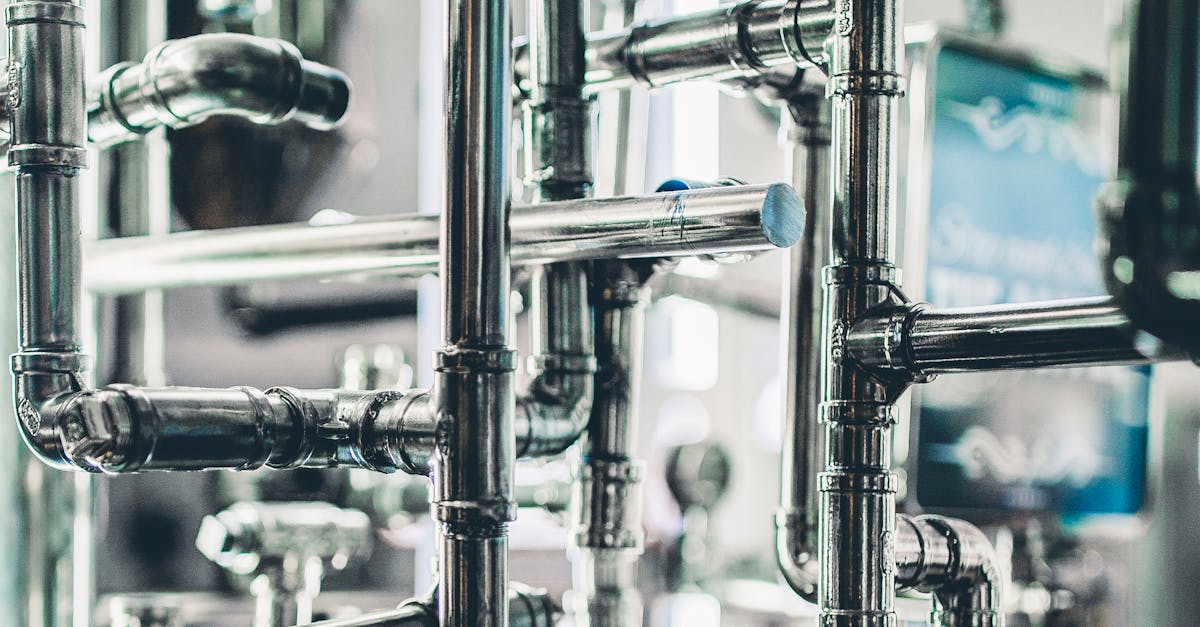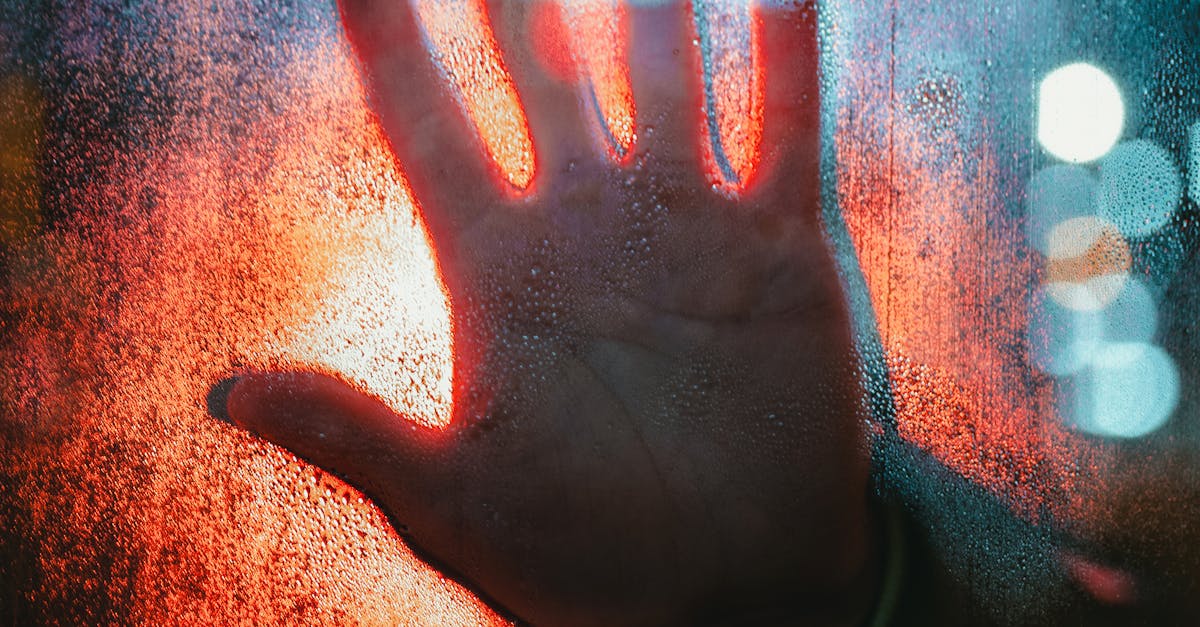
Table Of Contents
Installing a Backflow Prevention Device
When it comes to protecting water quality in your home or business, installing a backflow prevention device is essential. This device is designed to ensure that contaminated water does not flow back into the clean water supply, safeguarding against potential health hazards. Proper installation of a backflow prevention device is crucial in maintaining the integrity of the water system and ensuring the safety of those using the water.
To install a backflow prevention device, it is recommended to seek the expertise of a licensed plumber. A qualified professional will have the knowledge and experience to correctly install the device according to regulations and standards. By hiring a licensed plumber to install your backflow prevention system, you can have peace of mind knowing that the device will function effectively in preventing backflow and protecting the quality of your water supply.
Hiring a Licensed Plumber
When it comes to addressing backflow prevention in your property, hiring a licensed plumber is paramount. These professionals possess the necessary expertise and experience to install backflow prevention devices correctly, ensuring that your water supply remains clean and safe. Licensed plumbers are well-versed in the regulations and standards surrounding backflow prevention, guaranteeing that all work is compliant and up to code.
An accredited plumber will not only install backflow prevention devices but also conduct thorough inspections to identify any potential issues that could lead to backflow problems. By entrusting this task to a licensed professional, you can rest assured that your backflow prevention system is in capable hands, providing you with peace of mind knowing that your water quality is safeguarded.
Signs of Backflow Issues
Signs of backflow issues should not be overlooked, as they can indicate potential health hazards and plumbing problems within a property. One common indication of backflow problems is discoloured water flowing from faucets. If you notice water that appears murky, brown, or has an unusual tint, it could signify a backflow issue within the plumbing system. This discolouration is a clear indication that contaminants may be entering the water supply due to backflow prevention failures.
In addition to discoloured water, another sign of backflow problems is fluctuating water pressure. If you experience sudden changes in water pressure, such as low pressure when using taps or showers, it could signal a backflow issue. In such cases, it is crucial to address the problem promptly to prevent potential health risks associated with contaminated water. Monitoring these signs of backflow issues is essential to maintain the integrity of the water supply and ensure the effectiveness of backflow prevention mechanisms.
Discoloured Water
Discoloured water can be one of the most noticeable signs of backflow issues within a plumbing system. When water appears discoloured, it often indicates that there is a contamination within the water supply. This can be a concerning issue as it poses health risks to anyone who comes into contact with the water. Backflow prevention is crucial in ensuring that the water supply remains clean and uncontaminated.
If you notice discoloured water coming out of your taps, it is imperative to take immediate action and investigate the cause. Contacting a licensed plumber to assess the situation and potentially install a backflow prevention device can help mitigate the risks associated with contaminated water. By addressing the issue promptly, you can safeguard both your health and the integrity of your plumbing system.
Backflow Prevention in Commercial Buildings
Backflow prevention in commercial buildings is crucial to maintain a clean and safe water supply. Commercial properties, such as office buildings, schools, and restaurants, need to adhere to strict regulations regarding backflow prevention. Failure to implement the necessary backflow prevention measures can result in contamination of the water supply, posing serious health risks to occupants.
To ensure compliance with regulations, commercial buildings must have backflow prevention devices installed at appropriate locations within their plumbing systems. These devices help to prevent the reverse flow of water, which could potentially carry harmful contaminants into the clean water supply. Regular maintenance and testing of backflow prevention devices are essential to guarantee their effectiveness and the safety of the water system in commercial buildings.
Legal Requirements
Legal requirements surrounding backflow prevention are in place to protect public health and ensure the safety of drinking water. In Australia, regulations mandate that certain types of properties, such as commercial buildings, must have backflow prevention devices installed to prevent contamination of the water supply. These regulations are enforced by local water authorities to ensure compliance and minimize the risk of backflow incidents.
Property owners and managers are responsible for understanding and adhering to the legal requirements regarding backflow prevention. Failure to comply with these regulations can result in penalties and fines. It is crucial to consult with a licensed plumber to assess the property's specific needs and install the appropriate backflow prevention devices to meet legal standards. Regular maintenance and testing of these devices are also essential to ensure continued compliance with backflow prevention regulations.
FAQS
What is backflow prevention?
Backflow prevention is a mechanism or device designed to prevent the reverse flow of contaminated water back into the clean water supply system.
Why is backflow prevention important?
Backflow prevention is crucial to protect the public water supply from potential contamination, ensuring the water remains safe for consumption.
How can I tell if I need a backflow prevention device?
If you have a sprinkler system, fire hydrant, or any other connection to the water supply that could potentially introduce contaminants, you likely need a backflow prevention device installed.
Can I install a backflow prevention device myself?
It is recommended to hire a licensed plumber to install a backflow prevention device to ensure it is done correctly and in compliance with regulations.
Are there legal requirements for backflow prevention in commercial buildings?
Yes, many local councils and water authorities have regulations that require commercial buildings to have backflow prevention devices installed to protect the public water supply.


